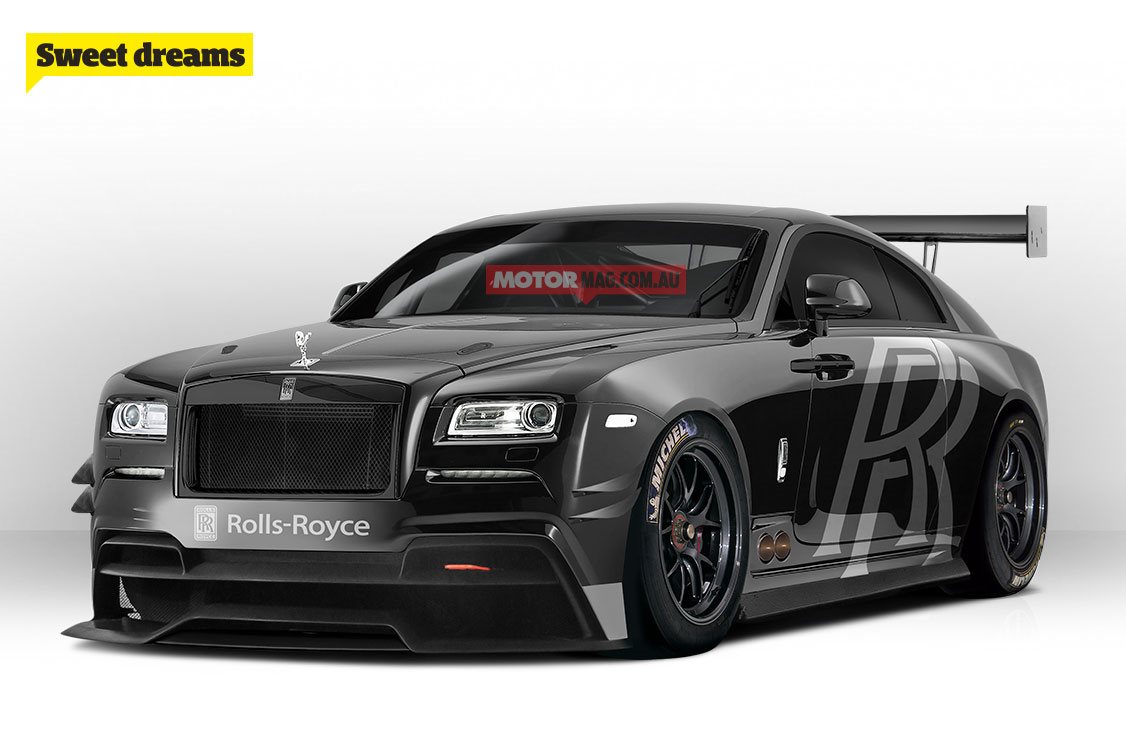The two blokes who started Rolls-Royce couldn’t have been more different.
In 1904, Charles Rolls was a tall and skinny, fearless 26-year-old who had raced cars as a uni student and, to fund his racing, opened one of Britain’s first car dealerships.
Henry Royce was a 41-year-old engineer, inventor and manufacturer; a big, bearded fellow who bought a French Decauville and thought it wasn’t much chop, so he designed and built his own car himself.
He sold one of the very first Royce cars to a business partner, Henry Edmunds. Edmunds was mates with Rolls through a car club, and had an idea that Royce could build the cars and Rolls could sell them.
So he introduced Rolls to Royce over lunch in Manchester on May 4, 1904. It was one seriously important meal that, cars aside, would eventually lead to the legendary Merlin V12 that helped Britain’s Spitfires repel a Nazi invasion – and change the course of history.
These days Rolls-Royce powers machines including the Joint Strike Fighter jet and the Airbus A380. But it seems the cars are tilting a little too far in the Royce direction.
Royce was focused on craftsmanship, but Rolls was a risk-taker. As well as racing cars he was a pioneering aviator, sadly killed in an air show aged just 32. Rolls would’ve surely thought our Wraith GT3 was something seriously sweet.
A similar German-owned British brand, Bentley – formerly owned by Rolls-Royce – has had success not just getting its 2.2-tonne Continental to 1300kg, but promoting its brand to new audiences.
With more than six racecar products, BMW Motorsport clearly sees value in the motorsport business. Right now it’s finishing off the M6 GT3, so why not swap a few bits under a Wraith as well?
The diet Bentley proved a tonne can come out of a car like this, but its Conti had an all-wheel drive system to lose. The 2360kg rear-drive Wraith has to work harder. Every exterior panel is carbonfibre; the roof? Magnesium alloy. A carbon propshaft connects to a lighter, rear-mounted sequential transaxle.
Adios, V12 Sadly, to save weight, the road-going Wraith’s 6.6-litre twin-turbo V12 is ditched for the M6 GT3’s 4.4-litre twin-turbo V8. Tweaked for motorsport duties, the dry-sumped V8 makes 447kW, or 600 horses, and is tucked aft of the front wheels for better weight distribution.
This. is. spartan! The Wraith’s entire interior is stripped – seats, leather, carpets, dozens of ECUs and miles of loom, all ditched. The doors are just wobbly carbon shells. A double-strength cage is fitted by BMW Motorsport, which has its work cut out meeting the 1300kg target.
Not cheap An M6 GT3 costs $550K. The Wraith, however, with its higher starting price, extensive weight-saving materials, and general man hours turning it race-spec, costs closer to $700K. As it’ll clearly attract gentleman drivers, it also gets ABS and TC like the Bentley.
Got wing? The slab-shaped Wraith GT3 will need to spend a lot of time in BMW Motorsport’s wind tunnel, optimising its new carbon front splitter, underbody and rear wing – aero helping the Wraith wring the maximum from its 18×13-inch wheels shod in 310/710 R18 slicks.





